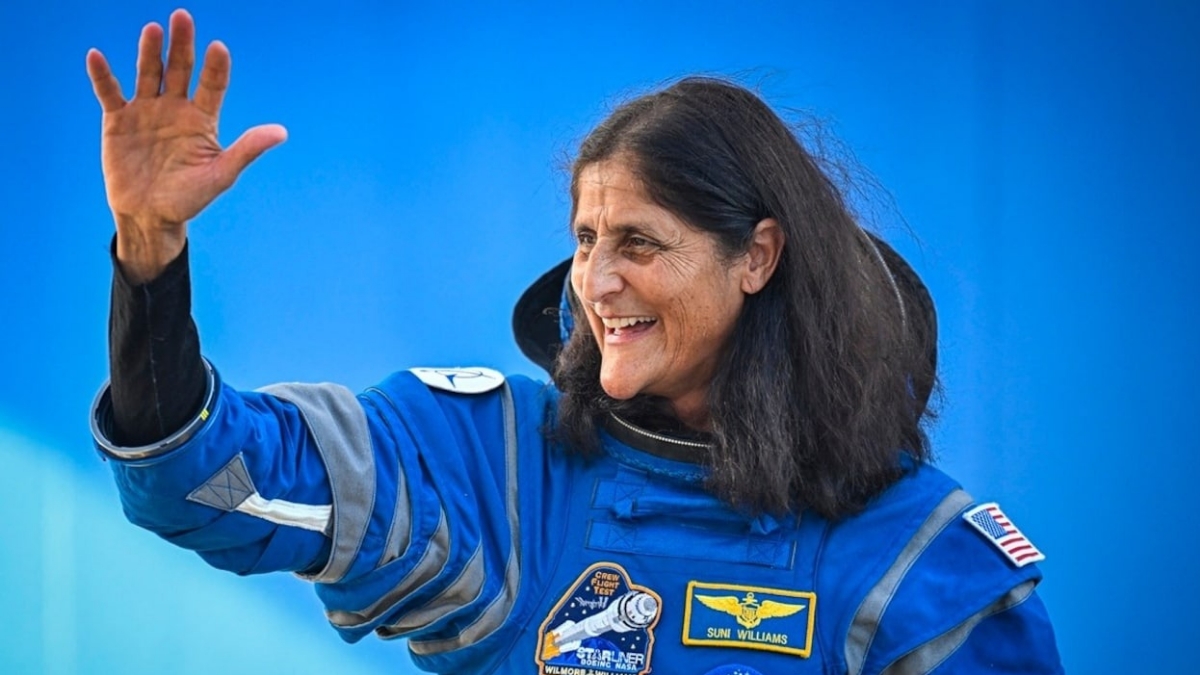Two NASA astronauts, Sunita Williams and Butch Wilmore, are about to return to Earth after spending nine months aboard the International Space Station (ISS), a protracted mission that has been hampered by politics, timetable changes, and technical difficulties.
Butch Wilmore, 62, and Sunita Williams, 59, were stranded on the ISS after their malfunctioning Boeing Starliner spacecraft disrupted a planned test mission that was supposed to last about a week. Formally a member of NASA’s Crew-9 astronaut rotation mission, the four-person crew is set to splash down off the coast of Florida later Tuesday at 5:57 p.m. ET (Wednesday at 3:27 a.m. India time).
As part of her post-mission recuperation and debriefing, a number of significant events would transpire following Sunita Williams and Butch Wilmore’s return on Earth:
1. Prompt medical attention: Sunita Williams and her fellow astronauts would be helped out of the SpaceX Crew Dragon capsule and put on stretchers for preliminary medical tests upon splashdown off the coast of Florida. The physical difficulties astronauts experience during extended exposure to microgravity, such as muscle atrophy and balance problems, are addressed by this conventional technique.
2. To be moved to Johnson Space Centre: As is customary for astronaut returns, the astronauts will be transported to their crew quarters at the space agency’s Johnson Space Centre in Houston for a few days of health examinations before NASA flight surgeons give the all-clear to return home to their loved ones.
3. Post-mission debriefings: To talk about their experiences, difficulties, and accomplishments throughout the mission, the astronauts will probably take part in debriefings.
4. Family reunions: Sunita Williams is supposed to make time for her loved ones a priority after her lengthy trip. An astronaut’s psychological health greatly benefits from personal time, which enables them to re-establish relationships with loved ones and return to normal life on Earth with ease.
Earlier this month, Williams told reporters she was excited to see her family and her two dogs when she got back home. “It’s been a roller coaster for them, probably a little bit more so than for us,” she stated.
Long-term space tourists suffer from nausea, vertigo, and an unsteady walk upon returning to Earth due to the lack of gravity. The eight-day trip for Williams and Wilmore, test pilots for Boeing’s new Starliner capsule, lasted more than nine months because their spacecraft had to return empty in September due to a string of helium leaks and thruster malfunctions.
Astronauts who have previously been in space have reported experiencing issues with walking, vision problems, lightheadedness, and a condition known as “baby feet,” in which the thick layer of skin on the soles of the feet disappears and becomes as soft as a newborn’s.
NASA estimates that if astronauts do not take measures to counteract this loss, their weight-bearing bones will become around 1% less thick for each month spent in space.




